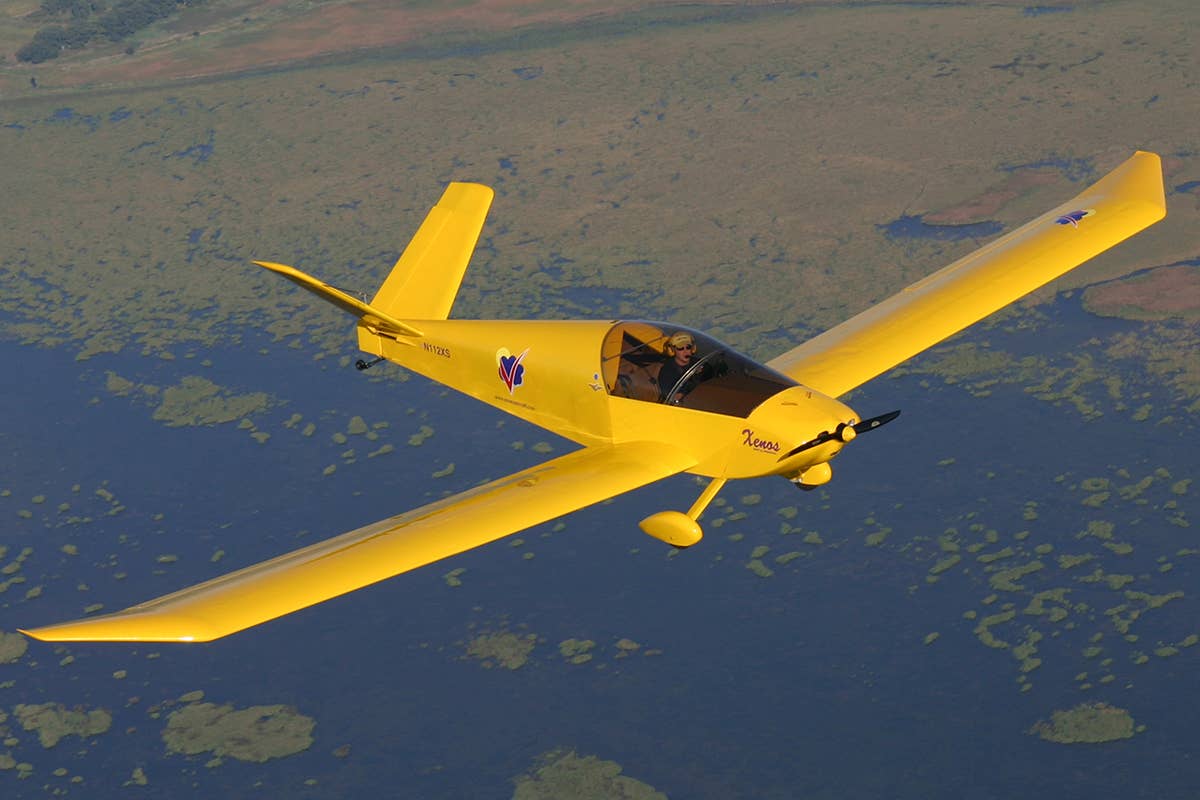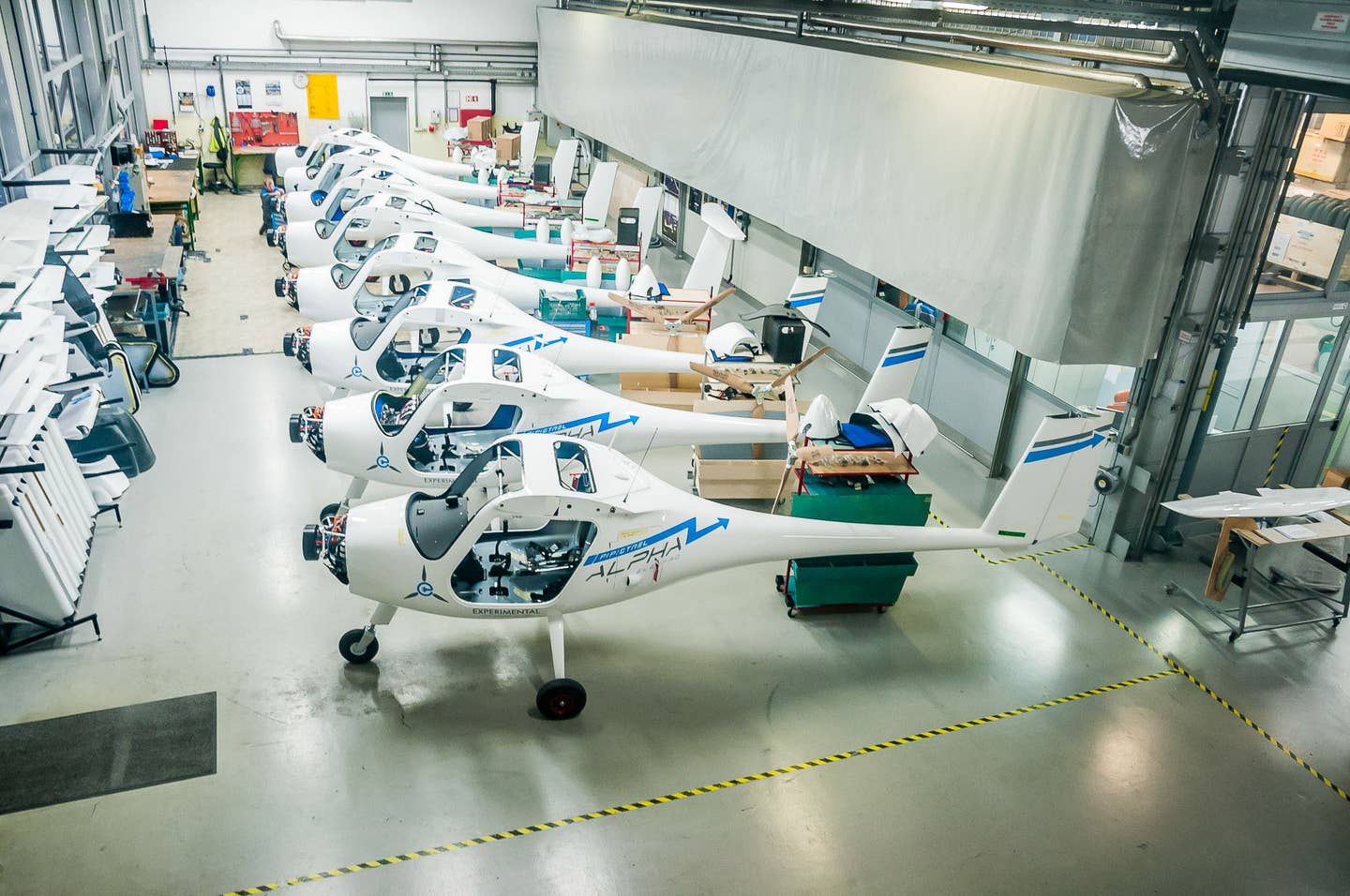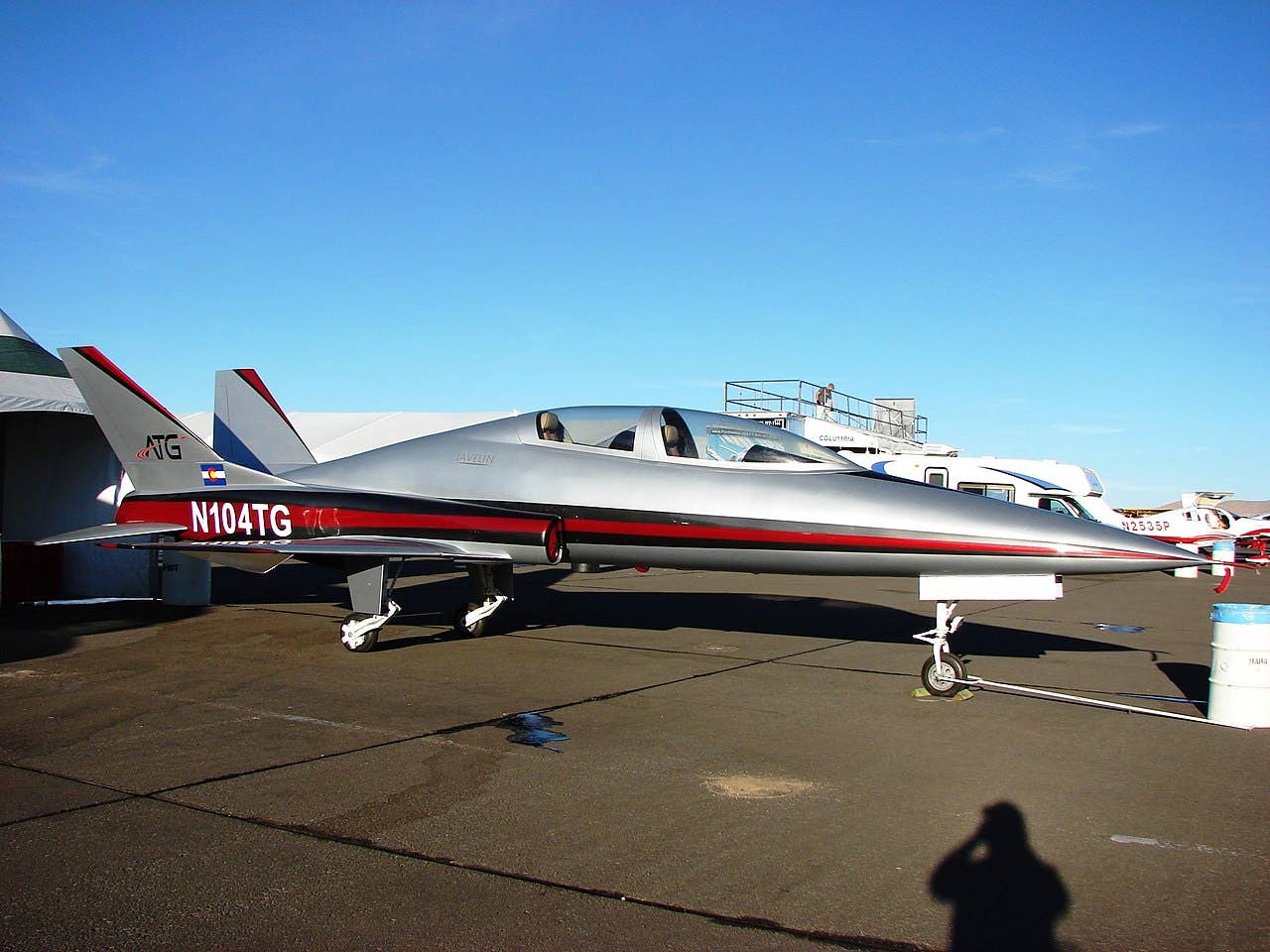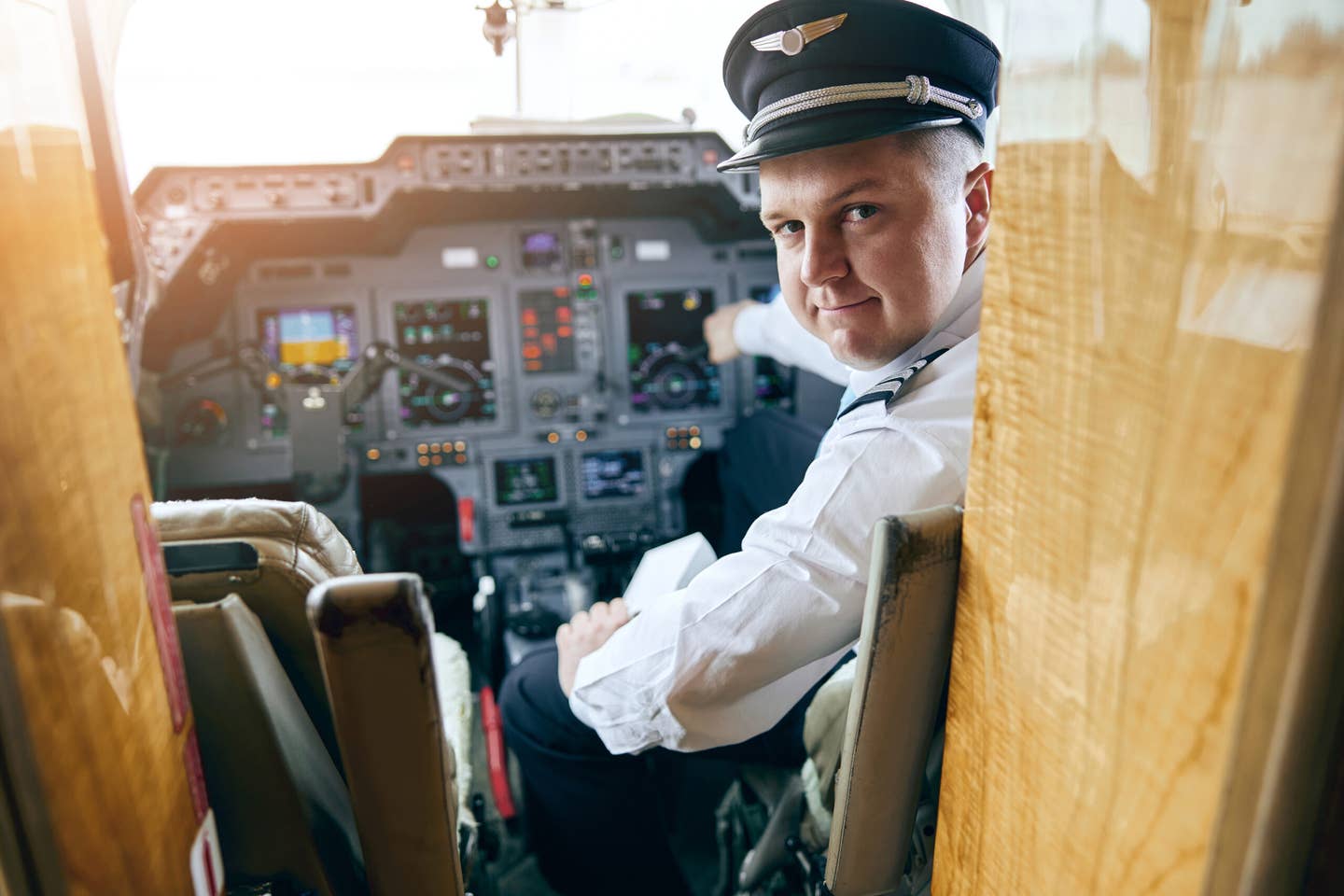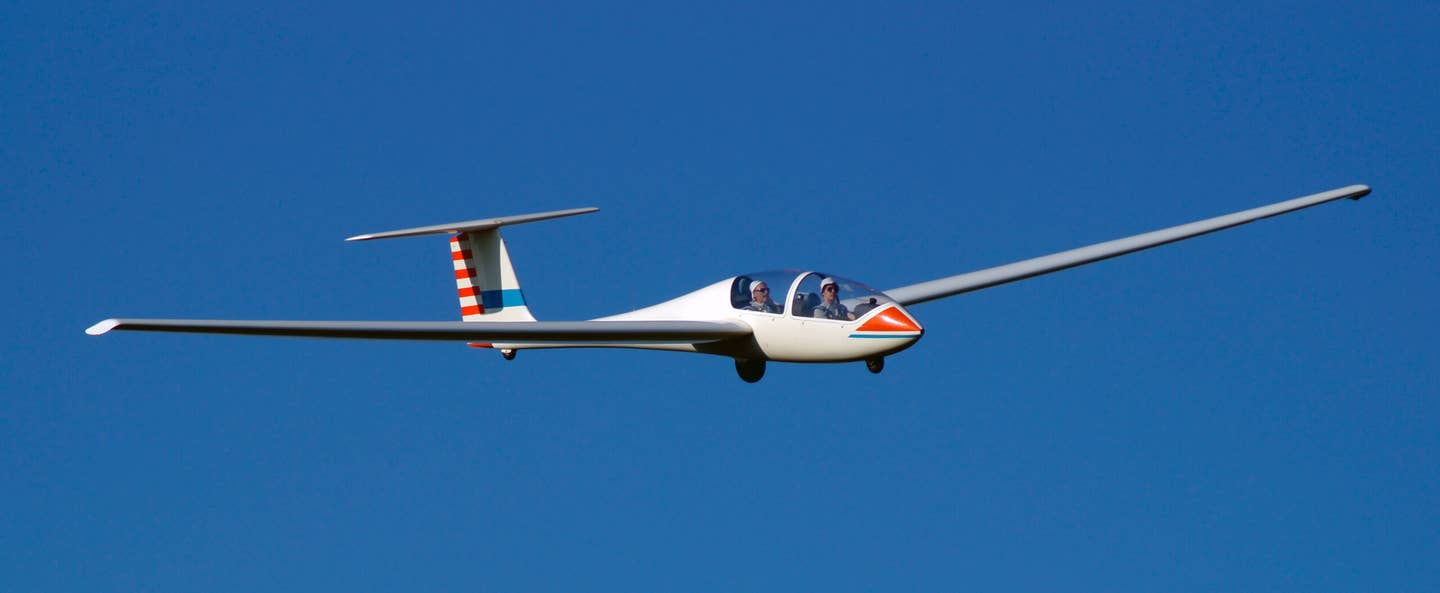Shopping for an Airplane? Save While You Shop
Sure, it’ll give you money to buy your aircraft, but there are other important benefits.

The first step to owning an airplane is to start saving something every month. [File Photo: Adobe Stock]
We’ve built a calculator to help project the specific costs of owning your aircraft, we’ve looked at some ways to optimize the biggest factors affecting your costs, and we’ve seen how you can put your reserve funds to work for you. Today, we’re going to look at a few ways to raise the funds to purchase your first airplane.
Saving + Training
The first step to owning an airplane is to start saving something every month. If nothing else, put a few hundred dollars away into your future airplane fund. Yes, that means go open an account and transfer this month’s funds right now. I’ll wait.
One of the biggest revelations for new airplane owners is that the purchase price is only a fraction of the ongoing cost of owning an airplane. I recommend calculating the total cost of owning your desired aircraft and setting your monthly savings equal to the amount you’ll have to spend every month to own and fly your future machine.
Let’s look at an example:
This shows what it would cost a single person to own and fly 200 hours per year in the 1975 C-172M we’ve been using in our example, having paid the full purchase price upfront in cash. Buying this airplane is a commitment to spend $1,769.43 per month on it for as long as you own it.
This particular aircraft will probably sell before you’ve saved up $79,900, but I’m confident that a similar aircraft will be available at a similar (or lower) price. So, you should start by putting at least $1,769.43 per month into your future airplane fund.
Not only does this immediately start building a pot of money designated for buying an airplane, it helps train you and your family to get used to this expense. It would not feel good going from zero airplane expenses each month to adding nearly $2,000 in bills. If instead your budget has already operated around this monthly expense, and you’ve stockpiled a bunch of money to use for your purchase, owning an aircraft will be much more enjoyable.
Making That Money Work
While you could just park your future airplane funds in a regular savings account, we know you can do better, right? A savings account lets inflation erode your money’s value. Why not open a brokerage account, deposit your future airplane funds there each month, and let that money grow while you wait?
Let’s see how your future airplane fund withers or grows assuming you either let your $1,769.43 per month corrode due to 3 percent inflation in a savings account, or grow at an inflation-adjusted 5 percent.
- At the end of your first year, you’d have an impressive $20,943.62 in your savings account, but an even nicer $21,726.58 in your investment account.
- That $782.95 difference widens to $3,297.22 at the end of two years.
- At the end of year three, the difference is $7,581.33.
- In less than 42 months (just under 3.5 years) your investment account will have the full $79,900 you need to buy your airplane.
- By contrast, it would take you a full 48 months, and an extra $12,386.01 in principle invested, if you keep your future airplane fund in a regular savings account. Investing saves you thousands of dollars and gets you an airplane six months sooner.
Winning Even When You Fail
A skeptic might complain that it’s difficult to wait a full 42 to 48 months to save up for an airplane. I agree.
What if you get sick of waiting, or the right deal comes along and you just can’t wait? At that point, you’re still far better off having saved anything than starting from zero. Remember, it’s not just about having a pile of cash on hand for the purchase price. We’re also trying to train ourselves to make aircraft ownership part of our monthly budget.
“While you could just park your future airplane funds in a regular savings account, we know you can do better, right?”
Even if you fail to save up the full purchase price of your aircraft before you buy, you will have won by saving at least something, and preparing your finances for the ongoing expense of ownership.
As it turns out, there are several financing options that can help make this work.
Financing Basics
We’re about to discuss using debt, but we need to start with a disclaimer. Consumer debt is a disease crippling much of our world. Debt is not a shortcut to aircraft ownership for unprepared people. Do not use debt to buy an aircraft unless you have zero unpaid consumer debt, and you’ve already been saving your equivalent ownership costs for several months without negatively impacting your family’s finances.
As long as you’re not already in debt, getting a loan can help reward your good saving habits to cross the finish line with aircraft ownership. Most banks offer some type of loan program for buying airplanes. AOPA has a go-to partner, though I’d shop around.
With interest rates as low as they are, you should be able to get a loan with a low single-digit interest rate.
Advanced Financing
No matter what kind of loan you get, the bank will expect you to put anywhere from 10 to 20 percent down. If you’ve been investing your ownership costs every month, you may be able to make an even bigger down payment. If you have $40,000 to put down toward a $79,900 airplane, you may be able to find the remaining $39,900 elsewhere.
Do you have any equity in your home? Rates for a home equity line of credit (HELOC) are in the 4 to 6 percent range. Setting up a HELOC is one of the least paperwork-intensive ways to get a loan, and you’re essentially loaning yourself the money.
Has your home appreciated in value since you bought it? (If you’ve owned for more than a few years, then the answer is almost certainly “yes” in today’s real estate market). This means you could consider a cash-out refinance. Many homeowners get daily junk mail begging them to refinance. This is because banks get paid bonuses for every refi they close. You could shop around and get banks to compete on a cash-out refinance with interest rates near 2 percent.
If you don’t feel like risking your home as collateral (which I understand) do you have a wealthy relative, particularly someone who has already retired, who is happily collecting 3 to 4 percent interest from low-volatility investments? If you’ve already saved up half of the price for a $79,900 airplane, your relative may give you a personal loan. Maybe you’ve been looking for an excuse to help out your parents and could pay better than the 3 or 4 percent they’re getting.
I think the vast majority of new aircraft owners can do just fine using a conventional aircraft loan; however, there are lots of more efficient options if you want to put in the effort.
Save While You Shop
The most important part of this whole process; however, is to ensure that you’re saving while you shop. Yes, you’re saving toward a down payment, or paying cash for the full purchase price of your aircraft. Yes, you’re using compounding interest to put those savings to work while you shop. More importantly though: you’re conditioning your budget to include the expense of owning an aircraft as part of your everyday life.
If you do this, I promise you’ll start your aircraft ownership experience on better financial footing. You’ll thank me for helping you enjoy more flying with less stress. So, go start saving while you shop.

Sign-up for newsletters & special offers!
Get the latest FLYING stories & special offers delivered directly to your inbox

